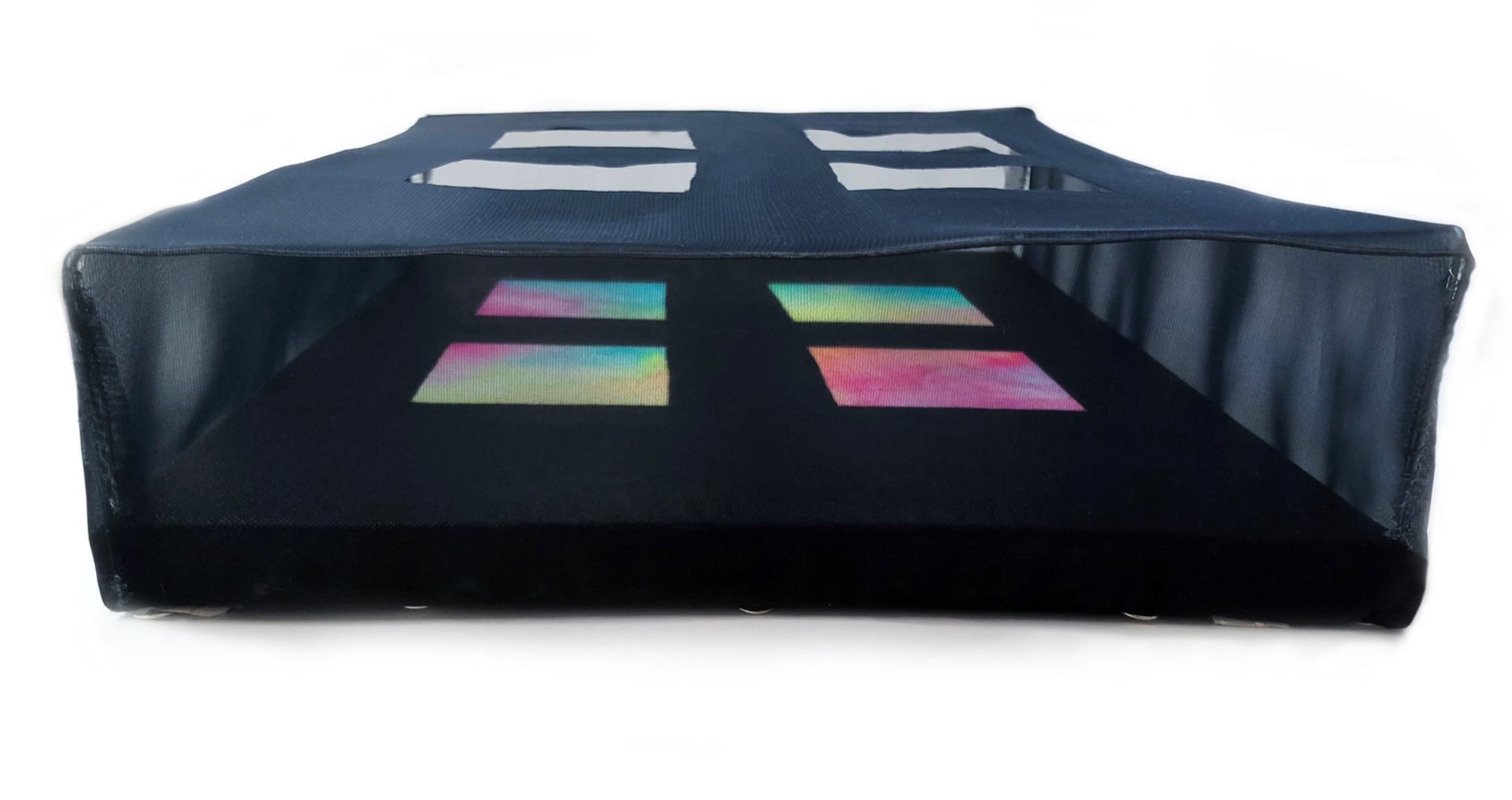Our Political Artist project consisted of selecting an artist with politically driven work, conducting research on him/her, creating a presentation over the artist’s work, and then creating a personal work of art inspired by our researched artist.
Below is my powerpoint along with my transcribed presentation.
Today I’m going to talk to you guys about probably my favorite contemporary living artist.
His name is Do Ho Suh and I’ve been a fan of his work for a couple of years now.
His work ranges from ethereal sculpture, public installation, to intimate drawings
And His work really carries so many universal, pervasive themes and translates into an aesthetic
that resonates with my own and my passion for the creation of space.
Before I dig into his work, I want to give you guys a brief synopsis of his backstory.
Here is what Suh looks like now, he’s currently 56.
So Suh spent all of his childhood in South Korea. He lived a rather normal life there, however, his
parents were heavily invested in the arts and culture of Korea.
His father was an artist and his mother was along the lines of a Korean historian, so when the
time came for Suh to attend college, he pursued visual arts.
He ended up receiving his Bachelors and masters in arts in Korea, but by his late 20’s he
decided to attend university in the states primary to escape the reputation of his father. At the
time, RISD was the only college that accepted him but only into their undergraduate program.
He accepted and moved shortly after.
The move from Seoul to Providence brought about questions surrounding the fundamental
truths of being a Korean man, which was a concept he never really considered while living
there.
It was this move that would also impact his artwork and understand of place for decades down
the road.
Though he was majoring in painting at the time, Suh decided to take an elective on figures and
contemporary sculptures one semester. It was from that class, he discovered his love for 3D.
His first notable work was created shortly after, entitled “metal jacket”.
The sculpture is comprised of military dog tags and references his forced time spent in the
Korean military and the current events surrounding the perception of Korean culture during the
L.A riots where the News emphasized Koreans shooting and protecting their stores from
looters.
The work also touches on larger themes of personal space; the tension between the individual
and the group, and the inevitable culture clashes that arise with human migration.
Later, Suh created a piece entitled The Rubbing/Loving Project-II, where he went into the
spaces of Gwangju University blindfolded and rubbed the surfaces already covered with paper
with a pencil. The work spoke on Gwangju Massacre in 1980 that killed 100’s of civilians and
students protesting for democracy in Korea.
And I’ll go ahead and show you a quick clip of Suh in action for a similar project.
This next piece of work, Fallen star, is notably what put Suh on the maps. It’s a traditional home that’s fallen onto the Engineering building of the UCSD campus. It manifests the feeling of displacement that both he, and nearly every college student feels when they leave home. You can actually walk into the home, and as you do so, the slant creates both a physical and physiological discomfort.
Suh has developed many other public installations and sculptures that convey a similar body and theme.
model of his childhood home is Seoul appropriately titled “Seoul Home”. What we see from
these works is a heightened sense of ephemerality and liminality in culture, place, and memory.
And his concept is quite beautiful and to the T when you consider how everyone has some
sense of longing attached to memory yet we can’t recreate or make it physical again. Instead,
all we have are these light renderings and visions within our head.
So here’s another one called “Home within Home within Home within Home within Home”. As you might guess, each layer reveals a place once lived in by Suh.
And other theme Suh touches on frequently is this perception of the collective and the individual and how an individual might be subsumed within a larger group through culture, place, or other. The work on the left is entitled Karma (2003) and the one on the right is Paratrooper.
And lastly, here is one of Suh’s more recent thread drawing with translate a similar theme in 2 dimensions. This piece is called Blueprint (2014).
This last piece really struck me since it’s quite obviously a façade, and this idea that culture and home can be created, destroyed, and divided through space is what fueled my inspiration for my art piece.
Living next to the NYU Founders Hall Dorm, I see probably the most literal and physical manifestation of this concept. The disembodied 17th-century church is only now visible as a façade. What lies behind it holds no historical or cultural consideration.
I think this idea of a church façade also resonates deeply with my personal history (as a preacher’s kid in one of the largest megachurches in Texas) and my obligations to produce a respectable image of oneself at all times—leading to the suppression of my sexuality, many of my inherent personality traits, and my authentic-self at large. So the use of stark geometric angles and the organic nature of the chiffon and gouache demonstrates this dichotomy I’ve struggled with up till now.
Bibliography:
“Do Ho Suh.” Art21. Accessed November 5, 2018. https://art21.org/artist/do-ho-suh/.
Donlon, Bridget. Pure Pulp: Contemporary Artists Working in Paper at Dieu Donné. Clinton, NY: Ruth and Elmer Wellin Museum of Art, Hamilton College, 2016.
Shaw, Catherine. “Sheer Will: Artist Do-Ho Suh’s Ghostly Fabric Sculptures Explore the Meaning of Home.” Wallpaper*. December 09, 2015. Accessed November 8, 2018. https://www.wallpaper.com/art/sheer-will-artist-do-ho-suhs-ghostly-fabric-sculptures-explore-the-meaning-of-home.
Suh, Do-Ho, Rochelle Steiner, Clara Kim, and Elizabeth A. T. Smith. Do Ho Suh: Drawings. Munich: DelMonico Books, Prestel, 2014.















